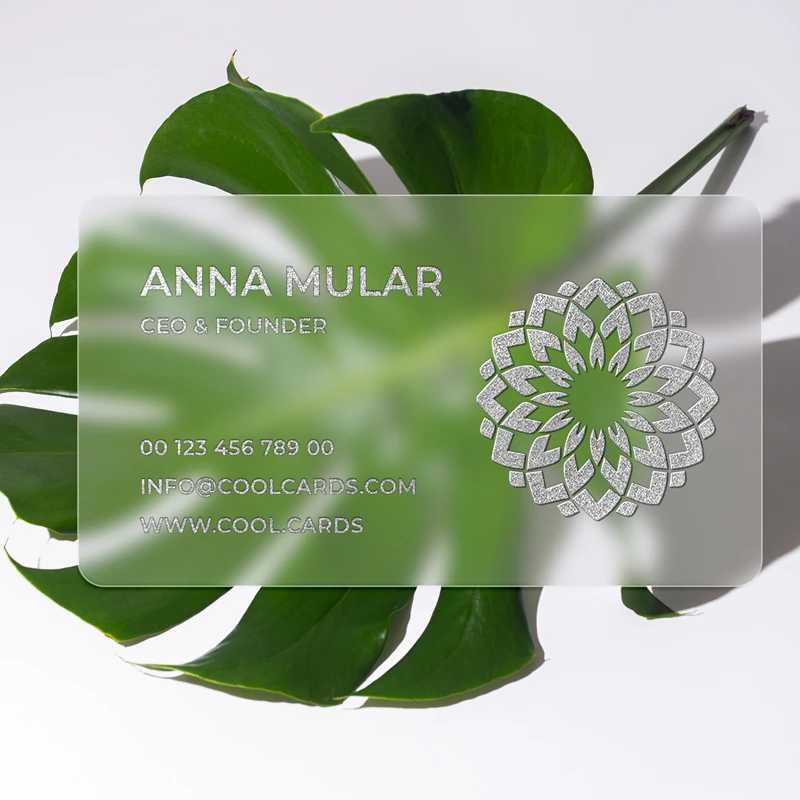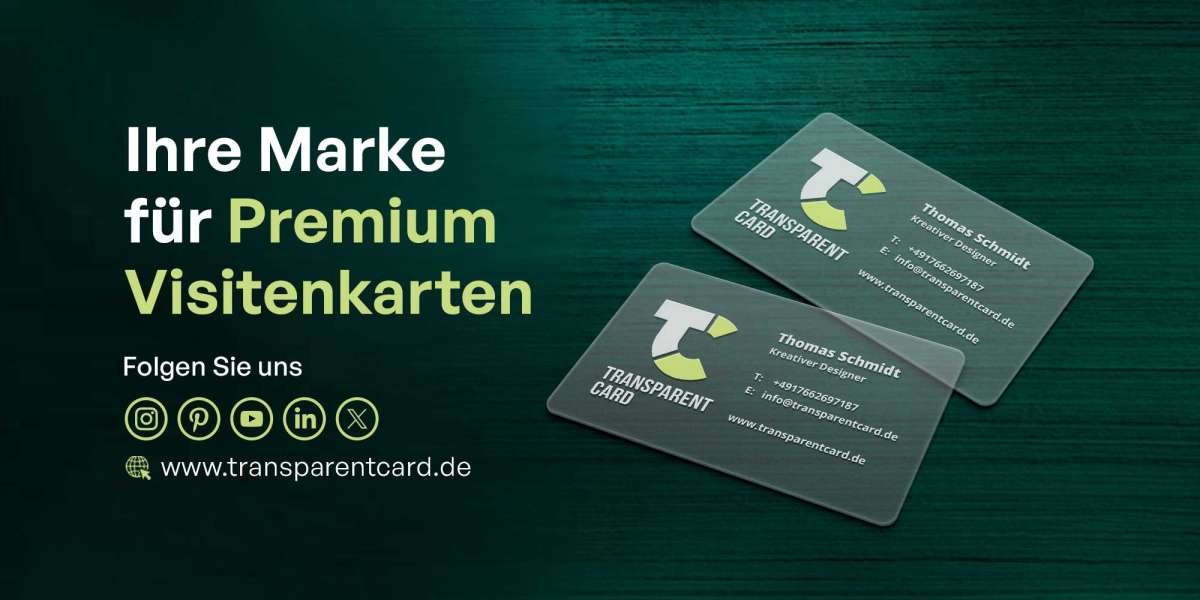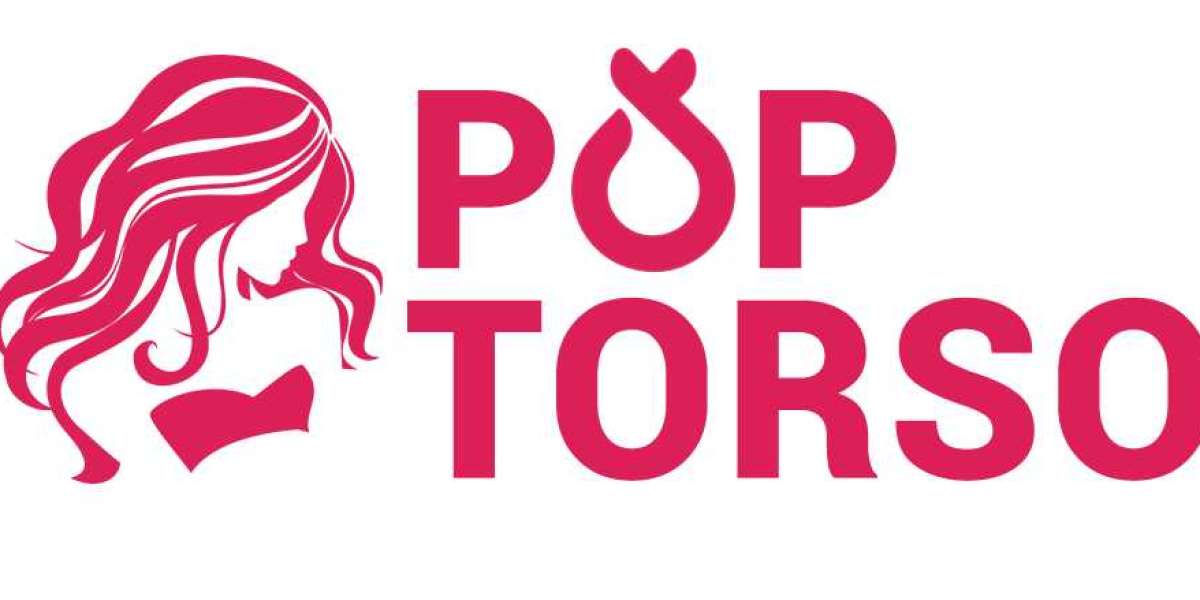A business card serves as a powerful tool in making a strong first impression. Whether at a networking event, meeting with clients, or introducing your brand, the size and design of your business card matter greatly. Choosing the right dimensions can be crucial to its functionality and impact. In this guide, we will explore the standard business card sizes, offer expert design tips, and provide advice on printing options to help you create a card that leaves a lasting impression.
Standard Business Card Sizes: A Global Perspective
The most common business card size used in North America is 3.5 inches by 2 inches (88.9mm x 50.8mm). This standard size is practical for storage in wallets and cardholders. However, if you operate internationally, it's important to know the standard dimensions in different countries. Here's a breakdown of business card sizes worldwide:
Business Card Sizes by Region
- United States and Canada: 3.5" x 2" (88.9mm x 50.8mm)
- United Kingdom and European Union: 3.35" x 2.17" (85mm x 55mm)
- Australia and New Zealand: 3.54" x 2.16" (90mm x 55mm)
- Japan: 3.58" x 2.17" (91mm x 55mm)
Knowing these variations can help you tailor your business cards for international markets, ensuring your cards are both functional and professional no matter where you are.
Importance of Business Card Size in Design and Branding
The size of your business card isn't just a technical detail—it influences how much information you can include, how readable your card is, and how your brand is perceived. Here’s why size matters in business card design:
Practicality and Functionality
Storage Compatibility: Standard sizes fit neatly into wallets and cardholders, making them more likely to be kept and referenced. Unconventional sizes may stand out visually, but they risk being tossed aside if they can’t be stored easily.
Ease of Distribution: A standard-sized business card is more practical for handing out at events, conventions, and meetings. Unusually sized cards, such as oversized or oddly shaped cards, may cause inconvenience, which can negatively impact how your brand is perceived.
Design Considerations
Business card size has a direct impact on your design options. A smaller canvas means you need to be strategic with space, ensuring your design is clean and uncluttered while still conveying essential information.
Visual Balance: The size of your business card should allow enough room for important details—name, contact information, and company logo—without making the design look crowded. The standard 3.5" x 2" size provides enough room for well-balanced text and imagery.
Industry Expectations: Certain industries, particularly corporate sectors such as finance, law, and consulting, may favor traditional designs and sizes. Straying too far from these norms might not be ideal for more conservative industries.
How to Design an Effective Business Card
Designing an eye-catching and professional business card requires a thoughtful approach. With limited space, every design decision you make—whether it’s font choice, color scheme, or layout—plays an important role. Here’s a step-by-step guide to designing a business card that works:
1. Focus on Simplicity
Avoid cramming too much information onto your card. Your goal should be to include only the essentials: name, job title, company logo, contact details, and website. Less clutter allows your key information to stand out and makes the card easier to read.
2. Choose Readable Fonts
Font choice is crucial to ensure your card is legible. Stick to professional fonts like Helvetica, Arial, or Times New Roman. These fonts are clean and easy to read, even at smaller sizes. Avoid using script fonts or elaborate typefaces that may compromise legibility.
3. Use Brand Colors Strategically
Your business card should reflect your brand identity, and color plays a significant role in that. Use your brand’s color palette to create consistency across your marketing materials. For example, if your logo is primarily blue, consider incorporating complementary shades of blue throughout your card’s design.
4. Include White Space
White space—also known as negative space—is essential for creating a clean and uncluttered design. By leaving sufficient space around text and imagery, you improve readability and give your card a more polished look.
5. Consider Double-Sided Printing
If you want to include additional information but don’t want to clutter the front of your card, consider using both sides. The back of the card can be used for a tagline, social media handles, or a QR code that links to your website or digital portfolio.
Choosing the Right Paper and Finish for Your Business Card
The design of your business card is only one aspect of its overall impact. The quality of the card’s material and finish plays a significant role in how it’s perceived by others. Here’s what you need to know about selecting the right paper stock and finish for your cards:
Types of Paper Stock
Standard Stock: This is the most commonly used paper for business cards, typically ranging from 14 pt to 16 pt in thickness. It’s a good balance of cost and quality, making it suitable for everyday use.
Premium Stock: For a more luxurious feel, opt for thicker paper stock, such as 32 pt. Thicker cards feel more substantial and durable, which can enhance your brand’s perceived value.
Eco-Friendly Stock: If sustainability is important to your brand, consider using recycled or eco-friendly paper options. These materials are increasingly popular and show that your company values environmental responsibility.
Business Card Finishes
The finish you choose can dramatically affect the look and feel of your business card:
Matte Finish: A matte finish offers a smooth, non-reflective surface that feels sleek and professional. It’s ideal for cards with subdued or neutral colors.
Gloss Finish: Glossy finishes make colors pop and give the card a shiny, polished look. This finish works well for vibrant designs with lots of color.
Textured Finish: Some premium options come with textured finishes like linen or embossed details. These finishes add a tactile element to your card, making it stand out when touched.
Spot UV Coating: For a premium effect, consider spot UV coating, where specific parts of the card—such as your logo—are given a glossy shine while the rest remains matte.
Printing Your Business Card: What to Keep in Mind
Once your design is ready, it's time to print. Choosing the right printer and print method can make all the difference in the final product. Here’s what to keep in mind:

Print Quality
Always work with reputable printers that offer high-quality print services. Whether you choose an online printing service or a local print shop, ask for samples to assess the print quality, paper thickness, and finishes before placing a large order.
Printing Techniques
Offset Printing: Ideal for large print runs, offset printing offers high-quality results with accurate color reproduction and sharp details.
Digital Printing: More cost-effective for smaller batches, digital printing is a faster option but may not always provide the same level of detail as offset printing.
Print Quantities
Determine how many cards you need for each print run. Most businesses opt to print in bulk to save on costs, but if you're just starting or experimenting with a new design, a smaller batch might be more appropriate.
Customizing Business Cards for Specific Industries
Different industries often have varying expectations for business card designs. Tailoring your card to your specific field can help reinforce your brand identity and appeal to your target audience. Here’s how to approach business card design in key industries:
Corporate and Financial Sectors
In fields like finance, law, and consulting, professionalism and simplicity are key. Stick to traditional sizes, simple fonts, and conservative colors like navy, black, or gray. Opt for a matte or uncoated finish to convey trust and authority.
Creative Industries
For creative professionals—such as designers, artists, or marketers—your business card is a canvas for self-expression. Feel free to experiment with bold colors, unique layouts, and even custom shapes. Just remember to strike a balance between creativity and readability.
Technology Startups
In tech, your business card can reflect innovation. Sleek designs, modern fonts, and minimalist layouts are popular in this industry. Incorporating elements like QR codes or even NFC-enabled cards can make your business card interactive and modern.
Conclusion: Crafting the Perfect Business Card
The size of your business card is more than just a technical specification—it plays a vital role in your overall branding strategy. By understanding the standard sizes, focusing on clear design, choosing the right paper and finish, and printing with a reputable service, you can create a business card that not only represents you professionally but also leaves a lasting impression on those who receive it.
Whether you're a seasoned professional or just starting your career, investing time and effort into designing the perfect business card is an investment in your personal and professional brand.








